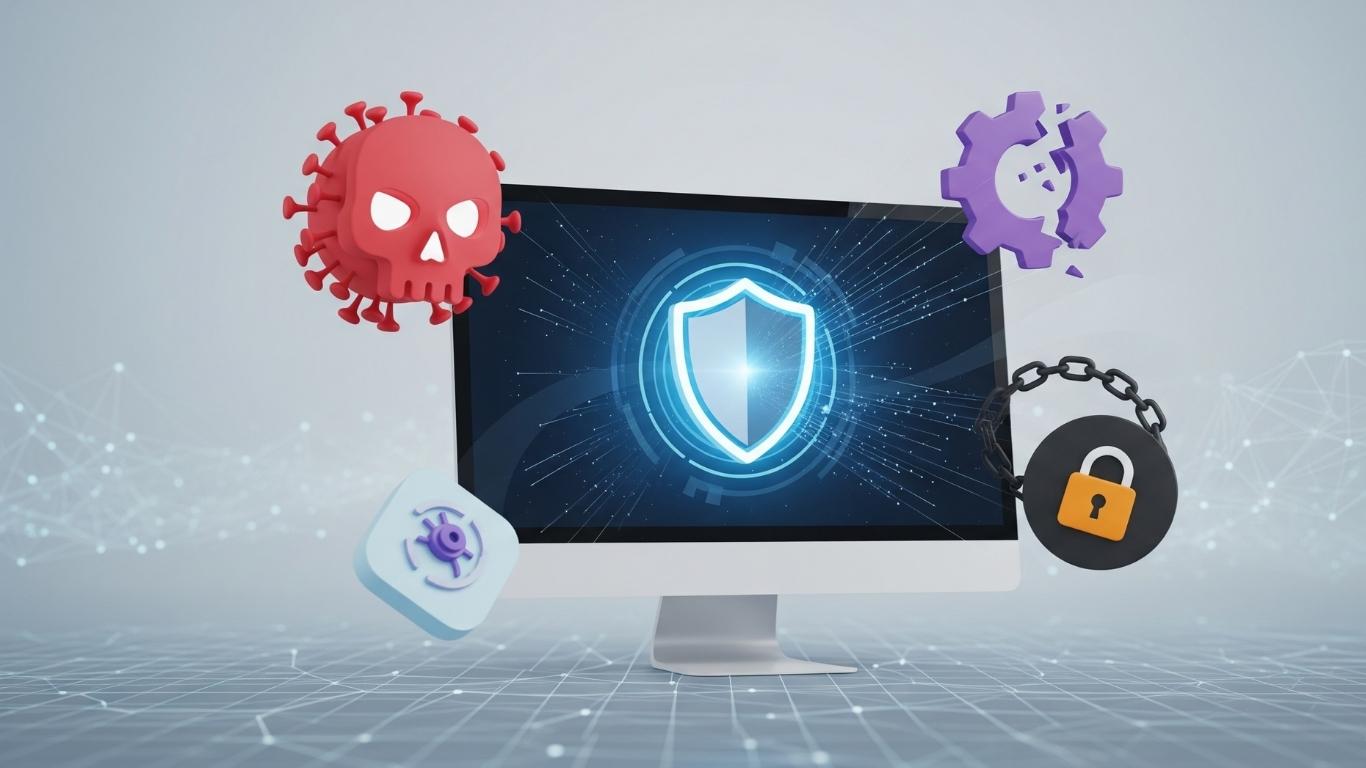In the online world, there are various types of threats. People often use the terms Virus, Malware, and Ransomware interchangeably, but they are different ways that your computer can be harmed. Let's understand the distinctions between them.
1. Virus:
What is it?: A virus is a small piece of code that attaches itself to a legitimate program or file and enters your computer.
How it Spreads?: When you run the infected file or program, the virus becomes active and makes copies of itself to infect other files.
Harm: Viruses can delete or corrupt your files and slow down your system's performance significantly.
2. Malware:
What is it?: Malware is an umbrella term that includes all types of malicious software, such as viruses, spyware, adware, and ransomware.
How it Spreads?: It can spread through infected files downloaded from the internet, suspicious emails, or compromised websites.
Harm: The goal of malware can be to steal your personal information, display unwanted advertisements, or take control of your computer without your knowledge.
3. Ransomware:
What is it?: This is a specific type of malware. Its name comes from demanding a 'Ransom'.
How it Spreads?: It often enters your system through phishing emails or infected files downloaded from the web.
Harm: Ransomware locks your files by encrypting them and demands a payment (ransom) in exchange for the decryption key to get your files back.
Why is the Right Antivirus Crucial?
To protect yourself from all these threats, having robust antivirus software is essential. A good antivirus (like Quick Heal, McAfee, or Kaspersky) can identify and block these viruses, malware, and ransomware, keeping your data and system safe.
On Manpra.in, you can find antivirus products from all these leading brands to ensure complete protection.

